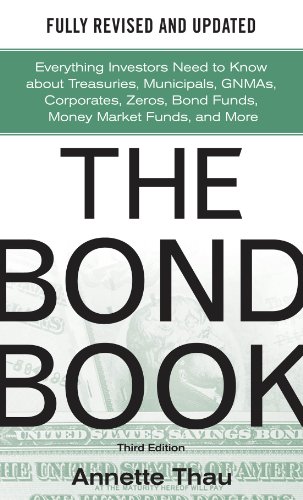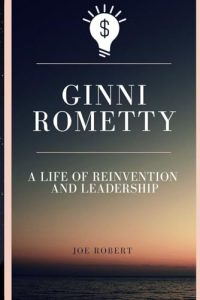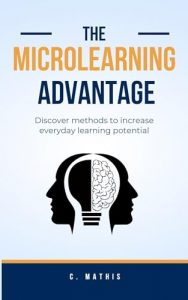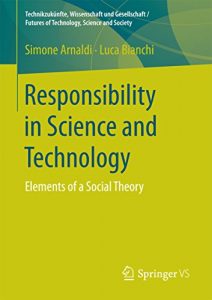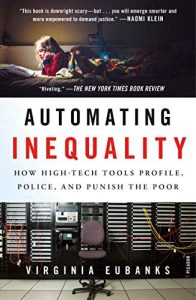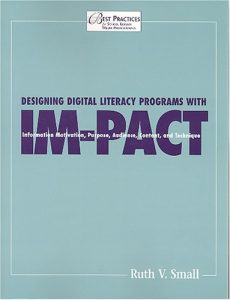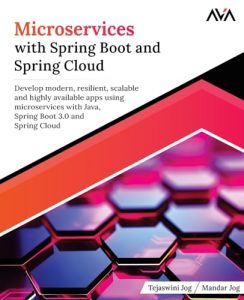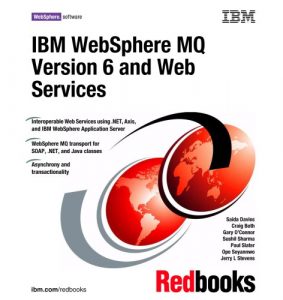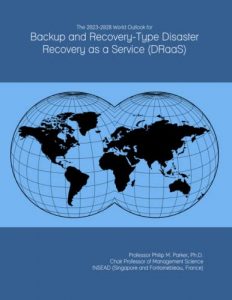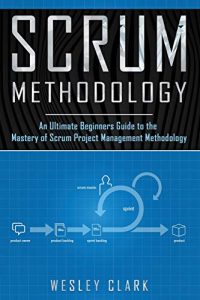The Bond Book, Third Edition
Authored by Annette Thau, “The Bond Book, Third Edition” is a quintessential guide for any investor looking to navigate the world of bonds. This comprehensive resource covers everything from U.S. Treasury bonds to complex bond funds. Thau demystifies the complexities of bond investing, providing readers with practical insights to make informed decisions. The book’s structured approach ensures that beginners and seasoned investors alike will benefit from its detailed analysis and strategies. It’s an essential addition to any investor’s library, offering clarity on how to build a robust bond portfolio.
Surety Bonds: Nature, Functions, Underwriting Requirements
Edward Clark Lunt’s “Surety Bonds: Nature, Functions, Underwriting Requirements” is crucial for understanding the role of surety bonds in today’s economy. This book explores the intricacies of bonding and insurance, detailing its features, benefits, and underwriting processes. Lunt’s insights are particularly valuable for professionals in construction and finance, as they underscore surety bonds’ importance in risk management. This resource not only educates readers about how surety bonds operate but also emphasizes their significance in safeguarding financial transactions.
Social Service, Private Gain: The Political Economy of Social Impact Bonds
In “Social Service, Private Gain,” Jesse Hajer and John Loxley delve into the growing phenomenon of social impact bonds (SIBs). This title is particularly relevant for those interested in the intersection between social justice and finance. The authors critically analyze how SIBs can address social issues while also highlighting the potential pitfalls of privatizing public services. An eye-opener for policymakers and investors alike, this book presents a comprehensive overview of the implications of social finance models.
The New Masters of Capital: American Bond Rating Agencies and the Politics of Creditworthiness
Timothy J. Sinclair’s “The New Masters of Capital” reveals the critical role that bond rating agencies play in the global financial landscape. This book goes beyond mere definitions, discussing the intricate politics that influence creditworthiness. Sinclair’s keen insights into how ratings affect everything from government policies to individual investments are essential reading for investors wanting to understand the systemic implications tied to capital markets.
Always Faithful: A Story of the War in Afghanistan
“Always Faithful” by Thomas Schueman and Zainullah Zaki captivates readers with its heart-rending account of bravery and loyalty during the war in Afghanistan. This moving narrative emphasizes the unbreakable bond between a Marine and his Afghan interpreter. As it treads the fine line between personal stories and broader military themes, it offers incredible insight into the complexities of war and the relationships formed in the field. A must-read not only for military enthusiasts but for anyone seeking to understand the human aspects of global conflicts.
Broken Bonds: What Family Fragmentation Means for America’s Future
Mitch Pearlstein’s “Broken Bonds” tackles the pressing issue of family fragmentation in America. This thought-provoking book delves into how the erosion of family structures impacts society at large, from economic to social perspectives. Pearlstein combines research with compelling narratives, making it clear that intact family units are crucial for societal well-being. This title serves as both a warning and a call to action, ideal for readers interested in social policy and its long-term effects on the American landscape.
Text Book, Fidelity Bonds, Surety Bonds, Casualty Policies
The “Text Book” is a fascinating resource detailing the principles governing various types of bonds. This leather-bound volume, written by industry authorities, serves as both an educational tool and a historical document. Its depth of information regarding fidelity and surety bonds makes it a valuable reference for anyone in related fields. With lessons on underwriting, salesmanship, and service, this comprehensive guide is a fantastic asset for aspiring professionals in the financial and insurance sectors.
Market Solutions for Social and Environmental Problems: Social Policy Bonds
Ronnie Horesh’s “Market Solutions for Social and Environmental Problems” offers a radical approach to addressing crucial societal issues through the innovative concept of social policy bonds. This compelling argument for market-based solutions prompts readers to reconsider traditional methods of social intervention. Horesh expertly illustrates the feasibility and potential effectiveness of using financial instruments to achieve social and environmental outcomes, making this book a must-read for advocates looking for scalable solutions.
Foreign Aid
Phyllis R. Pomerantz’s “Foreign Aid” provides an insightful analysis of the complexities and challenges surrounding international aid programs. With a fresh perspective on how aid impacts nations, Pomerantz evaluates both successes and failures in the foreign aid system. This book is essential for those interested in international development or foreign policy, as it emphasizes the need for reform and innovative approaches to assist those in need effectively.
The Handbook of Convertible Bonds: Pricing, Strategies and Risk Management
For advanced bond investors, “The Handbook of Convertible Bonds” is an invaluable resource. Experts Jan De Spiegeleer, Wim Schoutens, and Philippe Jabre dive deep into pricing strategies and risk management techniques specific to convertible bonds. This comprehensive guide addresses complex financial mechanics and provides strategic insights, making it essential for anyone looking to diversify their bond portfolio with convertible options. A must-read for those serious about mastering the art of bond investing.

